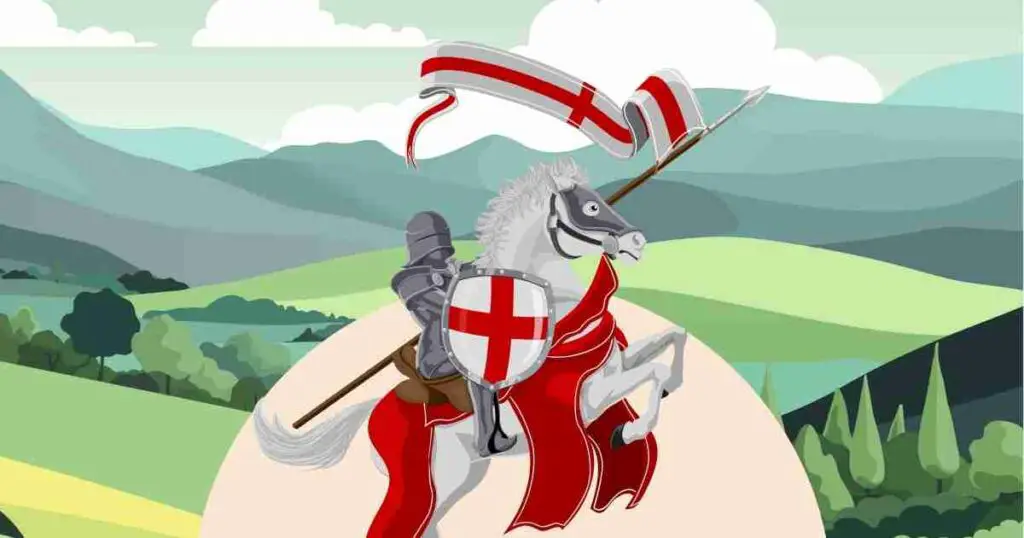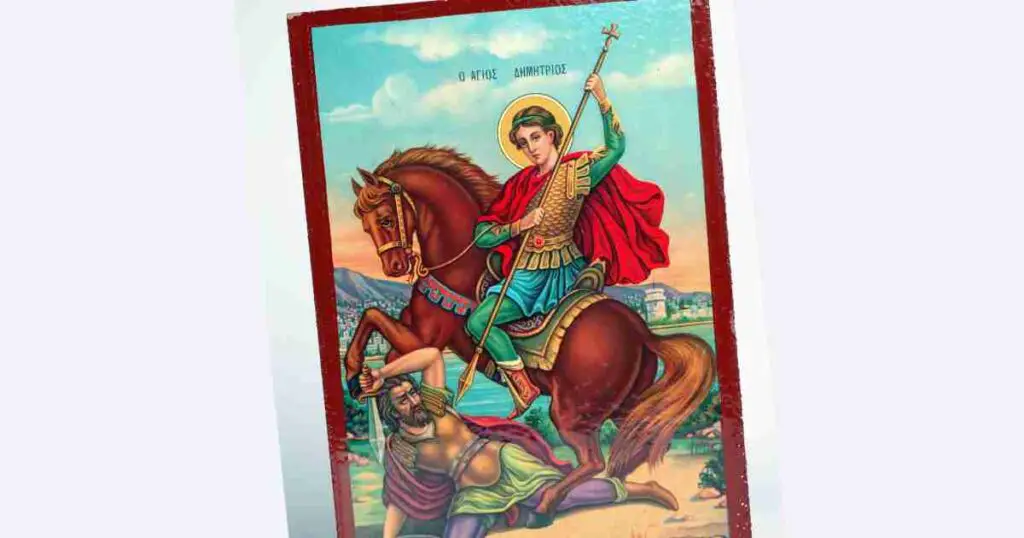In all activities for aged care, Saint George’s Day stands out as a symbol of courage and unity. Recognized globally as the ‘dragon-slaying’ saint, Saint George occupies a special place in the hearts of our senior community. Let’s delve into intriguing details and discover the Interesting Facts about Saint George that you should know!

You can download an A4 Printable Version of these interesting facts by clicking the download link at the end of this blog post.
Saint George: The ‘Dragon-Slaying’ Saint
It is popular to for people to recognize Saint George as the ‘Dragon-slaying Saint’. This legendary feat symbolizes his courage and triumph over evil. Saint George stands out as a prominent figure in the Christian faith, particularly revered as a military saint. Globally, people admire him as a protector and symbol of strength.

A Worldwide Patron
Saint George is not only the patron of England; ten more countries and another nine cities worldwide claim him as a patron. This widespread veneration reflects his enduring popularity as a symbol of chivalry, martyrdom, and protection against evil. Some of the countries that revere Saint George include Georgia, Greece, and Portugal, while cities like Beirut and Moscow also hold him in high regard.
Saint George is a Roman Soldier
Historical accounts suggest that Saint George was a Roman soldier in the third century, born into a noble Greek family in Cappadocia (modern-day Turkey). Despite his foreign origins, legends claim he rose through the ranks of the Roman army, showcasing his courage and leadership.

Saint George in Brazilian African Culture
Saint George’s story was influenced by Brazilian African culture. In Salvador, Bahia, tradition says that Saint George looks carefully at the moon, and you can see the figure of St. George fighting the dragon. Children in Brazil enjoy looking at the moon to spot the Warrior Saint killing the dragon.
Saint George’s Emblem
In 1620, when the Pilgrim Fathers arrived on the Mayflower in Plymouth Harbor, New England, one of the Flags flown on the foremast of the ship was Saint George’s emblem: a red cross on a white background.
This flag, known as the St. George’s Cross, predated the Union Jack, which wouldn’t be established until 1707. The Pilgrims’ use of the flag reflected their English heritage and may have symbolized their hope for protection and guidance on their new journey.

St. George’s Day Celebration
Celebration of St. George’s Feast Day had waned over the years in England until Boris Johnson, the then-Mayor of London, led a campaign of encouragement in the 1990s. The public responded positively, and these days you can see parades, feasts, Maypole dancing, and Morris dancing, along with Jousting Tournaments, on Saint George’s Day. This revival reflects a renewed interest in English heritage and national pride.
St. George Day and Agriculture
St. George is connected to agriculture. His feast day, April 23rd, coincides with the start of spring planting in many Northern Hemisphere cultures. This alignment led many people to pray to St. George for a successful growing season and bountiful harvest. In some cultures, his feast day even marked the beginning of traditional agricultural festivals.
Planning for a Celebration?
This is your chance to take our beloved Seniors into a festive celebration of St. George’s Day. Click the image or button below for St. George’s Day celebration ideas.
Download your printable PDF copy of Interesting Facts About Saint George To Share With Seniors










